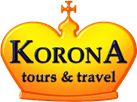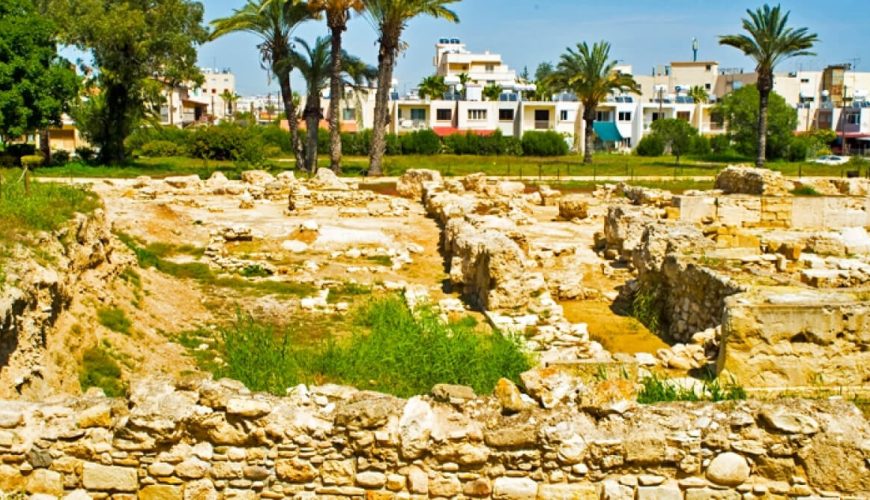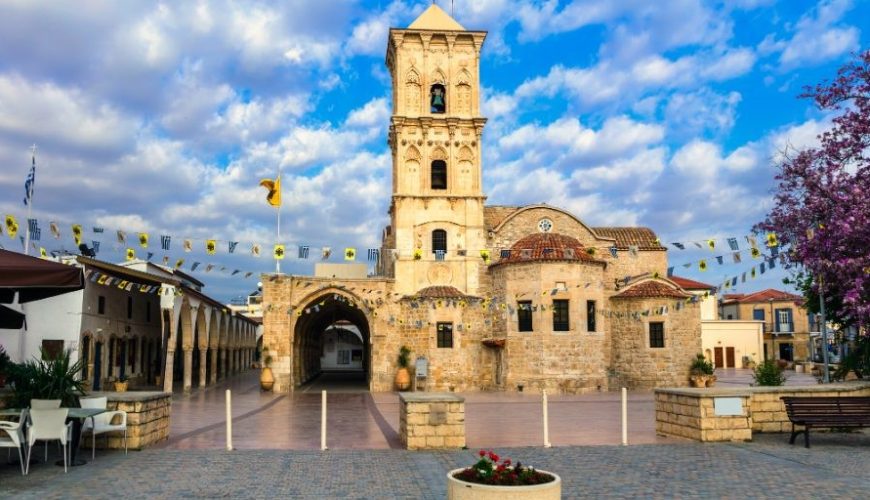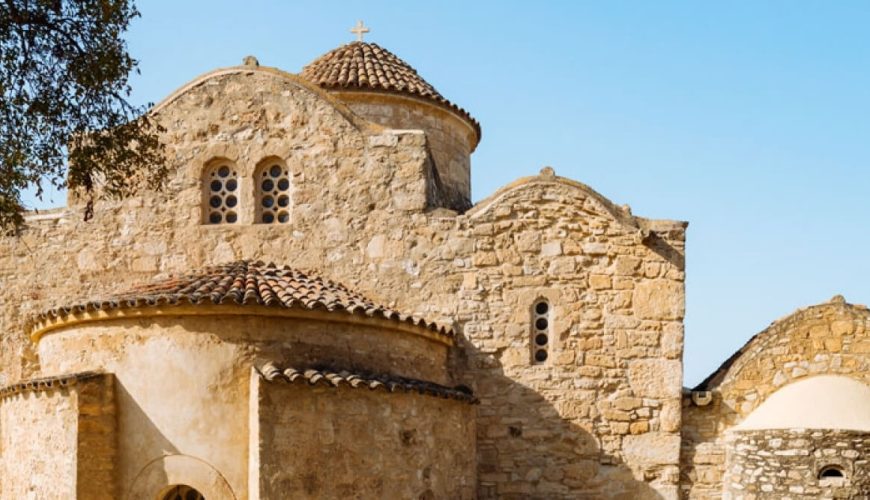Kourion Amphitheater
Kourion was an important city-kingdom in antiquity and stands as one of the most impressive archaeological sites in Cyprus. Its theatre – located on the southern end of the abrupt hill on which the city is built – is of great significance. The theatre was constructed at the end of the 2nd century BC, but […]










